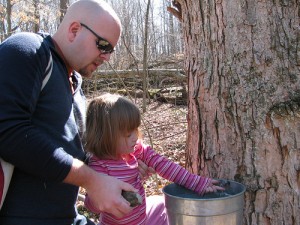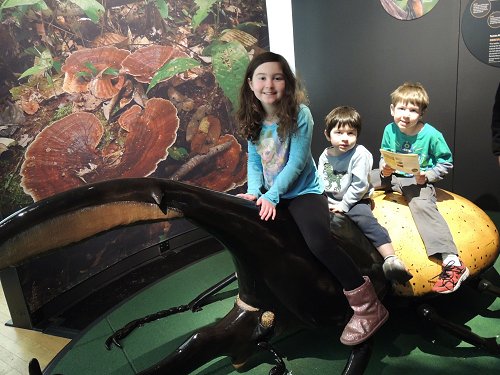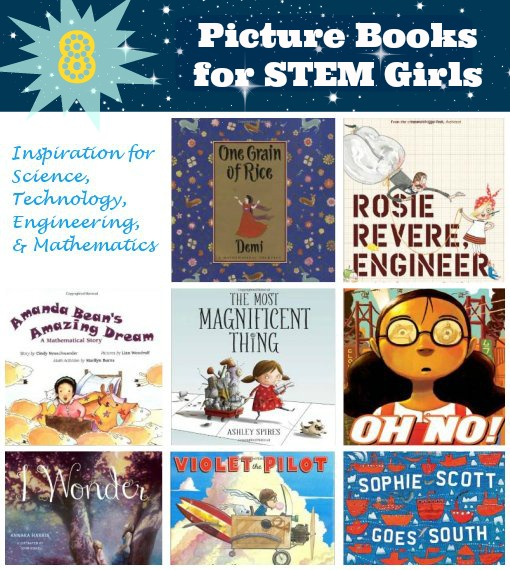 If you live in certain regions of the United States or Canada, March is a perfect time for an outdoor activity that is as delicious as it is educational – Maple Sugaring!
If you live in certain regions of the United States or Canada, March is a perfect time for an outdoor activity that is as delicious as it is educational – Maple Sugaring!
Find a local Maple Syrup Festival or take a road trip! If you are heading to Vermont, check out Find & Go Seek’s listings of Vermont Maple Festivals.
My family headed to Benner’s Farm for their annual Maple Sugaring event. My children had an opportunity to learn about the Sugar Maple Tree (which New York, Vermont, Wisconsin, and West Virginia share as their state tree), tap trees for sap, watch the sap being boiled, taste fresh maple syrup, and even watch them making maple sugar candy. I think the candy was the highlight for my daughter.
If you have Sugar Maples at home or near your school, you can also make your own maple syrup–we used to do this at my school when I was a child.
Discuss the process of photosynthesis and how the Sugar Maple is part of its ecosystem.
Learn about the history of Maple Sugaring, from the role it played in the lives of the native people to its use as a domestic (and slave-labor free) sweetener for colonists. Changing technology has allowed large maple sugaring operations to flourish but small-batch maple syrup manufacture remains a cottage industry for many Americans today.
Calculate how many gallons of sap you will need to make one gallon of maple syrup.
Watch the temperature rise and fall as the sap reaches it boiling point and then cools. Discuss why different fluids have different boiling points and why boiling turns the sap into syrup (and the syrup into candy).
Check out some more educational activities for enjoying Maple Sugaring Season and some great lesson plans about maple syrup from photosynthesis to weather to history to marketing the finished product.
And then whip up a batch of pancakes or waffles and enjoy some tasty syrup or try another maple syrup recipe!
Photo Credit: Hounds in the Kitchen


One thought on “Deliciously Educational – Maple Sugaring”
Comments are closed.